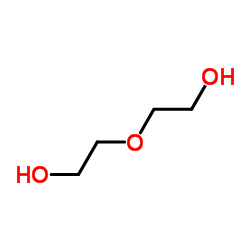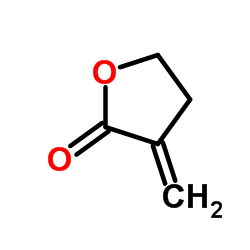| Structure | Name/CAS No. | Articles |
|---|---|---|
 |
Diethylene glycol
CAS:111-46-6 |
|
 |
Tulipalin A
CAS:547-65-9 |